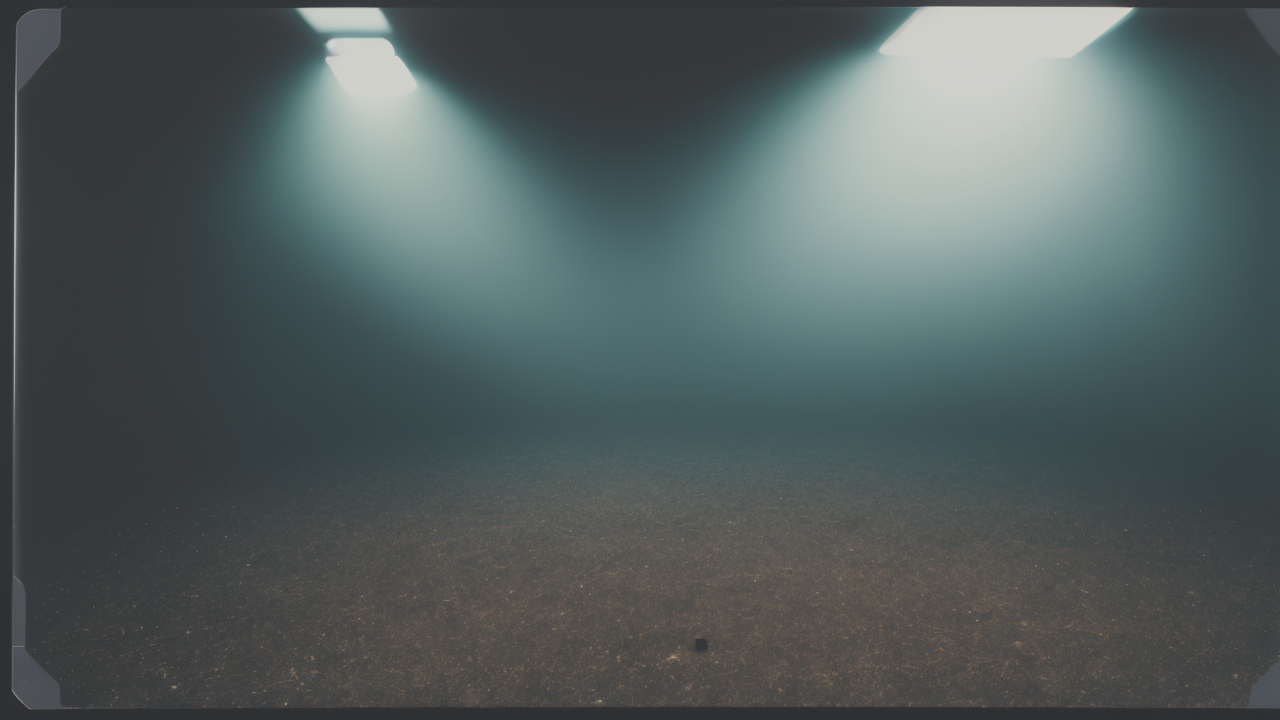
The Rise of CG163: Revolutionizing Digital Minimalism in Modern Art
Exploring the Origins and Aesthetic of CG163 Minimalism
The Birth of Contemporary Minimalism
Contemporary minimalism emerged as a response to the cluttered visual landscape of modern life. It seeks to strip away excess and focus on essential elements. CG163, a digital art form, takes this concept further. It combines minimalist principles with cutting-edge technology. The result is a new breed of art that is both simple and complex.

CG163 was born in the early 2010s. It grew from the intersection of traditional minimalism and digital art. Artists began to experiment with computer-generated forms and patterns. They aimed to create works that were both visually striking and conceptually rich. This new approach quickly gained traction in the art world.
Visual Elements that Define CG163
CG163 is characterized by its use of simple geometric shapes and limited color palettes. Artists often work with basic forms like circles, squares, and lines. These elements are combined in ways that create visual interest and depth. Colors are typically muted or monochromatic, enhancing the sense of simplicity.
Key visual elements of CG163 include:
- Clean lines and sharp edges
- Negative space as a crucial component
- Subtle gradients and color transitions
- Repetitive patterns and symmetry
- Minimalist compositions with few elements
These features work together to create art that is both visually appealing and thought-provoking.
The Influence of Technology on Modern Minimalism
Technology plays a crucial role in shaping CG163 minimalism. Digital tools allow artists to create precise, perfect forms that would be difficult to achieve by hand. Software enables the manipulation of shapes and colors with unprecedented control. This leads to works that are both mathematically exact and aesthetically pleasing.
Advanced rendering techniques bring depth and texture to minimalist designs. Artists can create the illusion of three-dimensional space within a flat image. Virtual and augmented reality are also beginning to influence CG163. They offer new ways to experience minimalist art in immersive environments.
CG163 in the United States: A Case Study
The Adoption of CG163 in the US Art Scene
The United States has been quick to embrace CG163 minimalism. American artists, known for their innovation, have found new ways to express themselves through this medium. Major cities like New York, Los Angeles, and Chicago have become hubs for CG163 art. Galleries and museums are increasingly featuring digital minimalist works.

Young artists, in particular, have gravitated towards CG163. They see it as a way to combine their love of technology with artistic expression. Art schools across the country are now offering courses in digital minimalism. This is helping to establish CG163 as a legitimate and respected art form in the US.
Exhibitions and Galleries Pioneering CG163 Exhibits
Several prominent galleries and museums have hosted groundbreaking CG163 exhibitions. The Museum of Modern Art in New York held a digital minimalism showcase in 2018. It featured works from both established and emerging artists. The Los Angeles County Museum of Art has a permanent CG163 installation.
Smaller galleries are also playing a crucial role in promoting CG163. They often provide spaces for experimental works and up-and-coming artists. Online galleries have become particularly important for CG163. They allow artists to showcase their work to a global audience without the need for physical space.
The Impact of CG163 on American Minimalist Artists
CG163 has had a profound impact on American minimalist artists. Many who previously worked in traditional media have embraced digital tools. They find that CG163 allows them to push the boundaries of their artistic vision. The precision and control offered by digital techniques have opened up new possibilities.
Some artists have completely transitioned to CG163, while others incorporate it into mixed-media works. This fusion of digital and traditional techniques is creating exciting new forms of minimalist art. It's also challenging the definition of what constitutes 'fine art' in the digital age.
The Future of Minimalism: Trends and Predictions for CG163
Innovations and Developments in CG163 Techniques
The future of CG163 looks bright, with ongoing innovations in both software and hardware. Artificial intelligence is beginning to play a role in creating minimalist art. AI algorithms can generate complex patterns and forms based on simple input parameters. This is leading to new types of collaborative art between humans and machines.

3D printing technology is also influencing CG163. Artists can now bring their digital creations into the physical world with unprecedented precision. This blurring of the digital and physical realms is expected to continue. It may lead to entirely new forms of minimalist expression.
The Role of CG163 in Shaping Young Artists' Careers
CG163 is increasingly seen as a viable career path for young artists. Many are choosing to specialize in digital minimalism from the start of their careers. Art schools are adapting their curricula to include CG163 techniques and theory. This is creating a new generation of artists who are native to the digital minimalist aesthetic.
The accessibility of digital tools is democratizing art creation. Young artists can now produce professional-quality work with minimal equipment. This is leading to a more diverse and inclusive art scene. It's also challenging traditional gatekeepers in the art world.
The Expanding Influence of CG163 Beyond the Art World
CG163 is not confined to the realm of fine art. Its influence is spreading to other fields such as design, architecture, and advertising. The clean, simple aesthetic of digital minimalism is appealing in many contexts. It's being used to create everything from corporate logos to building facades.
In the digital realm, CG163 principles are shaping user interface design. Websites and apps are embracing minimalist layouts for better user experience. This trend is likely to continue as digital minimalism becomes more mainstream. The principles of CG163 may soon be as ubiquitous in design as they are in art.


